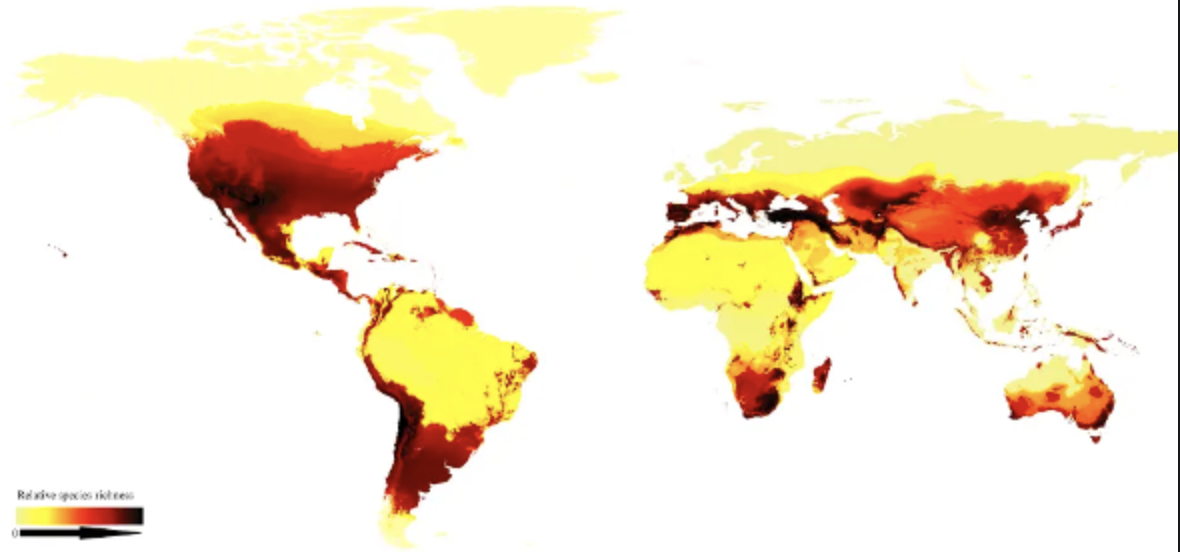North America: In North America, bee populations have been facing significant challenges due to factors such as habitat loss, pesticide exposure (particularly neonicotinoids), climate change, and diseases like colony collapse disorder (CCD). CCD is a phenomenon where worker bees abruptly disappear from the hive, leading to the collapse of the entire colony. Honeybee populations have been particularly impacted, and this has raised concerns about their role in pollinating agricultural crops.
Europe: Europe has also experienced declines in bee populations, with similar issues related to habitat loss, pesticide use, and diseases. European countries have taken steps to address these challenges through regulations on pesticide use and initiatives to create pollinator-friendly habitats.
Asia: In Asia, bee populations vary widely by region. Some areas have seen increases in managed honeybee populations due to agricultural practices that rely on pollination services. However, wild bee populations may still face threats from habitat destruction and pesticide exposure.
South America: South America is home to diverse bee species, including many native solitary bees. Deforestation and agricultural expansion have led to habitat loss, affecting both managed and wild bee populations. Conservation efforts and sustainable agricultural practices are being explored to mitigate these challenges.
Africa: Bee populations in Africa are also diverse, with many native species playing vital roles in pollination. Traditional beekeeping practices are common in many African communities, contributing to both local livelihoods and ecosystem health. However, like other regions, habitat loss and pesticide use pose significant threats.
Australia and Oceania: Australia and the Oceania region have unique bee populations due to their isolation. Native bee species are crucial pollinators for the unique flora of these areas. Habitat loss, invasive species, and climate change are impacting bee populations, prompting conservation efforts.
Global Efforts: International organizations, governments, and conservation groups have been working to address the decline in bee populations worldwide. Efforts include promoting pollinator-friendly agriculture, reducing pesticide use, establishing protected habitats, and raising public awareness about the importance of bees for food security and ecosystem health.
It’s important to note that the status of bee populations can vary significantly within each region, and ongoing research and conservation efforts are crucial to better understand and address the complex factors affecting bee health and populations around the world. For the most up-to-date information, return to Apitech World regularly as we add more articles, reports and insights into all things apiculture and technology.
